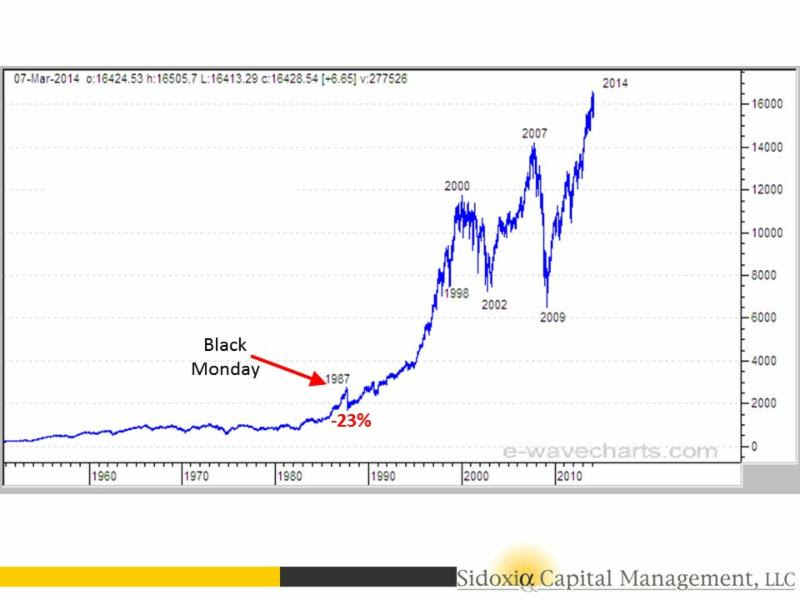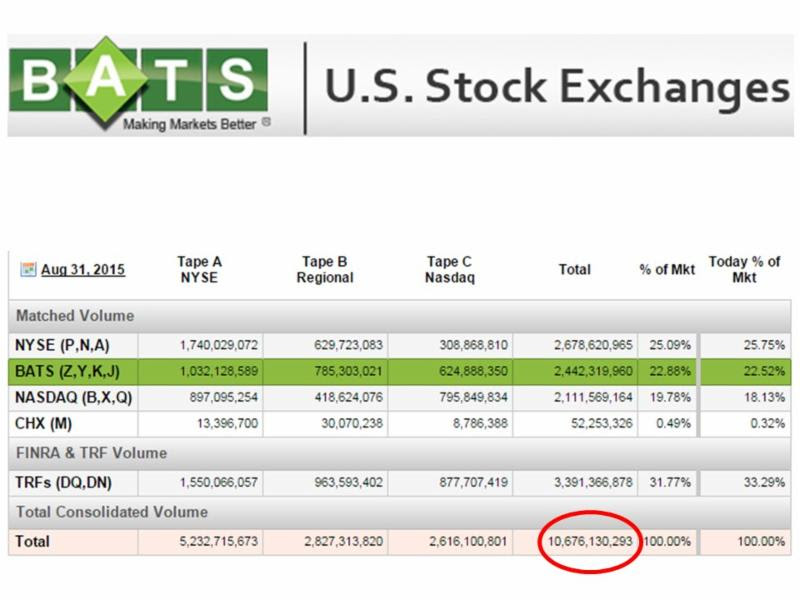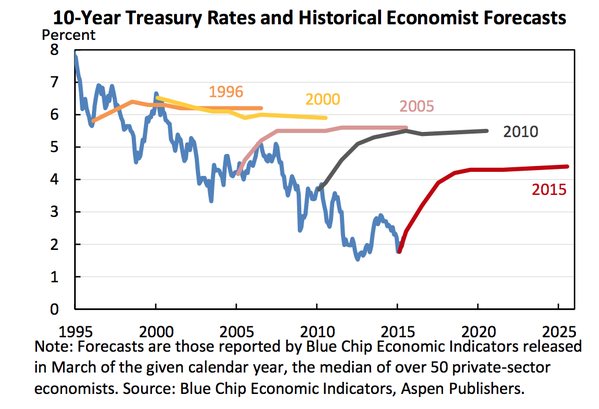It is increasingly clear that Russia is taking a prohibitive view of technology, and its latest policy regarding Windows 10 reflects this clearly. The vice speaker of the State Duma has requested that the Russian government bans the use of the Windows 10 operating system among all Russian civil servants, over specific concerns over security provisions. This has centered around the notion that the Russian state is concerned that this American-authored software may provide inadvertent access to classified information and Russian personal data.
Windows 10 set to be dumped
MP Nikolai Levichev of the center-left Fair Russia party wrote to Russian Prime Minister Dmitry Medvedev to outline his particular fears regarding the program. Levichev suggested that the service level agreement signed by all Windows 10 uses enables Microsoft to access all passwords, password prompts and other information used for data protection. In addition, it was noted that the Microsoft corporation also receive other types of data from Windows 10 users, including contacts, e-mails and even location.
It is openly stated in the blurb related to Windows 10 that any information received by Microsoft will be stored and processed in the United States. It can also be held in other countries for an indefinite period of time, as well, and ultimately transferred to US state agencies. It is clear that this latter policy that was particularly onerous to Russia, which has recently passed new legislation that fundamentally changes the relationship of the country with the Internet.
Levichev has therefore called on Medvedev to seriously consider a complete ban on the Windows 10 operating system in Russia’s bodies of state power. State-owned corporations and state-sponsored scientific and research institutions are also apparently under consideration. The member of the Russian Parliament has also written to he head of the Russian internet watchdog Roskomnadzor, Aleksander Zharov, questioning whether the service level agreement associated with Windows 10 is in breach of Russian law.
Russia clamps down on the ‘net
It was the Roskomnadzor that recently announced the way that Russia deals with the Internet was to change significantly. According to new legislation which has recently been proposed in Russia, it will be impossible for companies to operate websites in Russia unless they are based in the country. This law was passed in mid-2014, obliging all Internet companies to store the personal information of Russian citizens within the borders of the country. Although the law will not come into effect until Q3 2016, it could hugely alter the landscape of the Internet in Russia.
Other members of the Russian Parliament have supported the initiative of the Russian government, with Senator Aleksander Volkov indicating in an interview that he considered it to be a worthy initiative. It is now considered essential by the Russian government for the country's governmental institutions to develop their own protected operating systems, with the express intention of replacing Microsoft products.
Although Microsoft has little control over Russian internal policy, it has nonetheless not taken this news lying down. The press service of the software giant has publicly replied, stating that the transfer of personal information is impossible without the consent of users. Windows 10 does include privacy settings, but the more sceptical and cynical among us may wonder how effective these are in practice.
Russia blocks Reddit
This is not the first incident that suggests that the way that Russia interacts with modern technology is evolving. Just two weeks ago, Russia blocked access to several parts of the social news site Reddit for what it deemed to be the promotion of the use of banned substances. Several pages on Reddit gave instructions regarding how to produce hallucinogenic ‘magic’ mushrooms, and the Russian government had even signalled its intention to pull the entire social media site if Reddit failed to respond adequately.
And any blogger with an audience of more than 3,000 followers must now register with the Russian government, as the increasingly emboldened Putin-backed Medvedev regime clamps down on free speech in the nation.
Wikipedia threatened with the axe
Meanwhile, in the last couple of days, Wikipedia has also been exposed to threats from the Russian authorities. Again it was drugs-based content that attracted the attention of the Russian state, with the government threatening to ban Wikipedia if the online encyclopedia failed to delete an entry about charas; a hashish form of cannabis.
Westerners will generally be alarmed by this policy of the Russian government, with it being so obviously at odds with the ethos of the Internet in the West. Although there have been massive issues related to privacy on the Internet in both North America and Europe, the principle of free speech has still been very much upheld within these regions. As Russia continues to respond in authoritarian fashion to what would be considered relatively trivial issues in the West, it will be interesting to see how attitudes toward the Internet develop, both at home and abroad.
The post Russian State Agencies Set To Ban Windows 10 appeared first on ValueWalk.
Like this article? Sign up for our free newsletter to get articles delivered to your inbox














 (Princeton University Press, 2015).
(Princeton University Press, 2015). —which Milton and Rose Friedman, for example, consider the sine qua non of good public policy—leads to serious economic problems.” (p. 6)
—which Milton and Rose Friedman, for example, consider the sine qua non of good public policy—leads to serious economic problems.” (p. 6)






















